Flow measurement calibration. A paddle wheel in a ditch can measure flow as it rotates and trips a switch, but the volume that passed through and caused the pulse may need to be calibrated, and the m324pb microcontroller on this board is set up to use its input capture hardware to help do that.
I have some experience in this area, but it is incomplete; my goal is to improve and make something that could be useful for others.
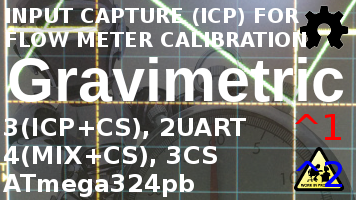
 ronald.sutherland
ronald.sutherland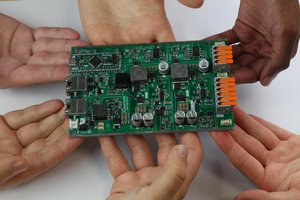
 Jean Alinei
Jean Alinei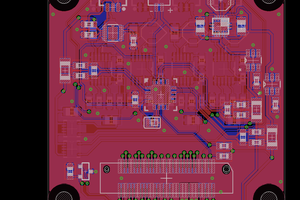
 Pinski1
Pinski1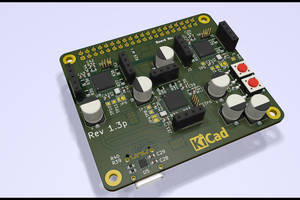
 Tobius
Tobius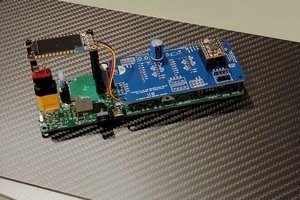
 Colin Catlin
Colin Catlin